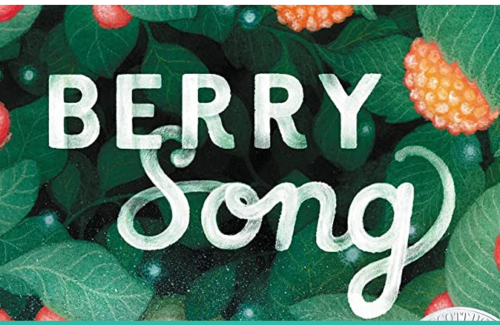
Berry Song
Michaela Goade celebrates the gifts of the forest with wisdom, gratitude, and kinship with the land in PLT’s latest recommended read, Berry Song.

Michaela Goade celebrates the gifts of the forest with wisdom, gratitude, and kinship with the land in PLT’s latest recommended read, Berry Song.
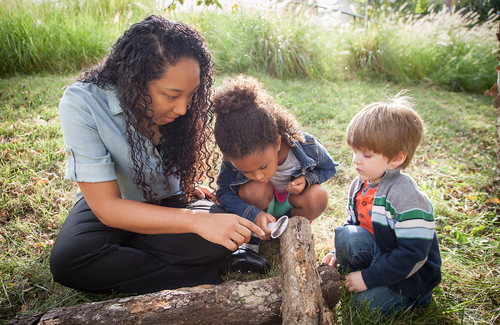
Explore PLT resources to help you teach students about the environment, whether you’re new to teaching or looking for new environmental education resources to explore! PLT provides easy-to-teach, hands-on activities suitable for various settings, and a range of resources to support and mentor new educators.
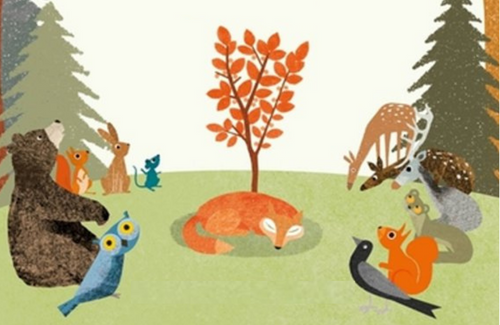
Teaching young children about the loss of a loved one can be a difficult topic. In this picture book, a fox lives a long and happy life in the forest, but he is now ready to sleep and closes his eyes forever. As the fox’s friends begin to share memories and tell stories, a tree starts to grow taller and stronger with every memory.
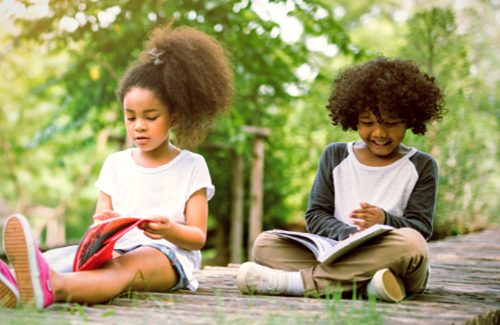
As the days stay sunny for longer, summer can be the perfect time for kids and adults to relax under their favorite tree and catch up on their reading lists. Explore some of our favorite all-ages books about forests and trees to connect with the natural world!
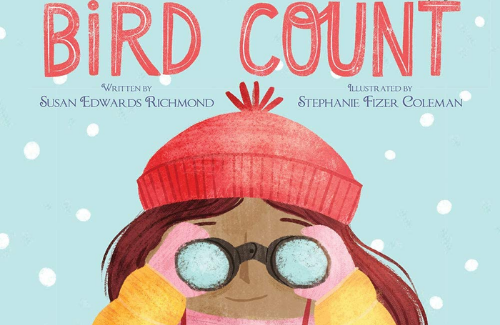
Do you enjoy seeing and hearing birds in your community? Use this book with grades K-2 and spend a day with Ava and her team as they participate in the annual Audubon Bird Count. Learn more about bird watching and how you can become a community scientist yourself and contribute to real scientific research.
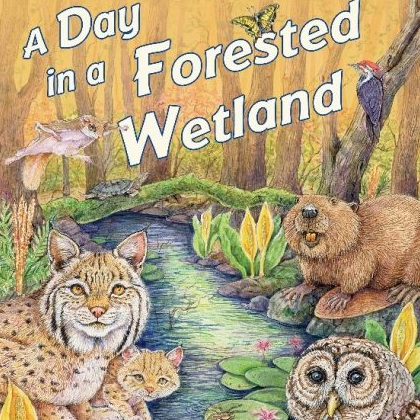
Introduce biodiversity to young readers through this nonfiction picture book that explores a typical day for animals that call a soggy forest home.
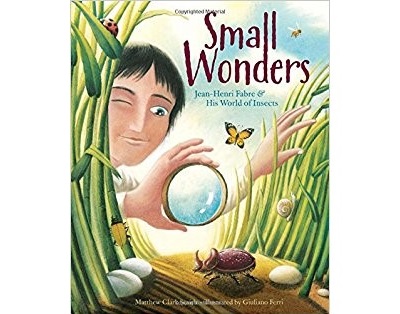
For elementary learners, this picture-book biography on Jean-Henri Fabre illuminates the life of one of the first naturalists to explore the fascinating world of insects.
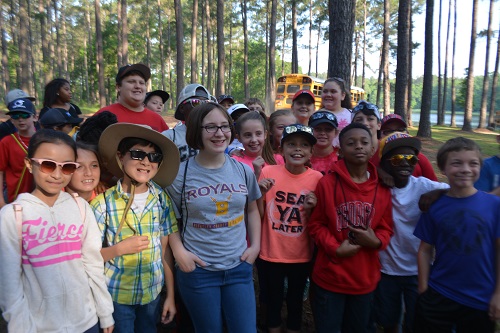
Teachers, kindergartners and 5th graders share their experiences using PLT activities like Every Tree for Itself, Tree Cookies, Renewable or Not, and Web of Life while on a field trip to Gully Branch tree farm in Georgia.
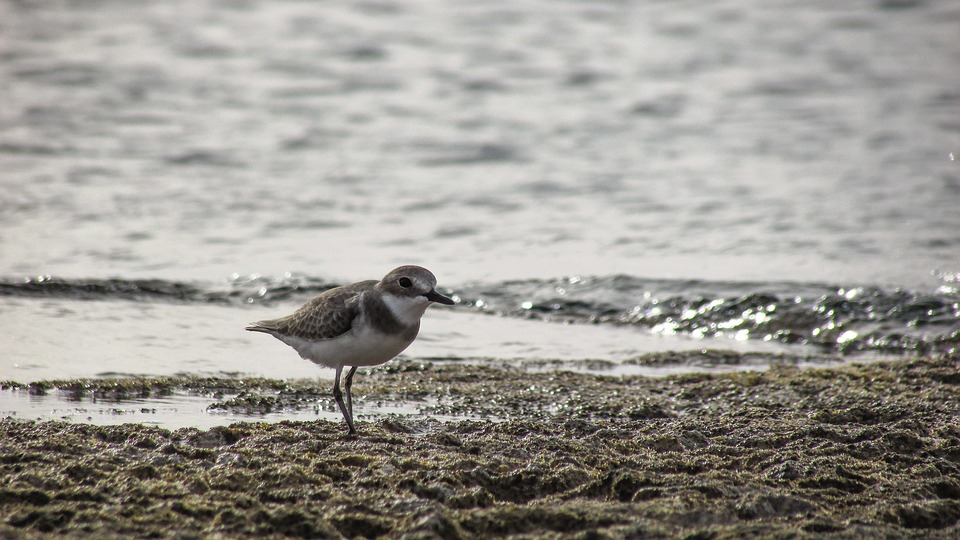
To really understand how interconnected all life forms in an ecosystem are, it helps to experience those webs first-hand, inside and outside the classroom.
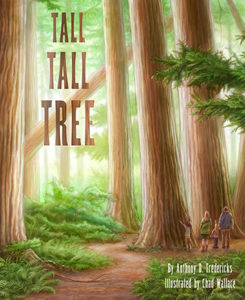
Use this book’s beautiful, scientifically-accurate illustrations, playful rhymes, and a game of search-and-find, to help children in grades K-4 experience the majesty of redwood trees.